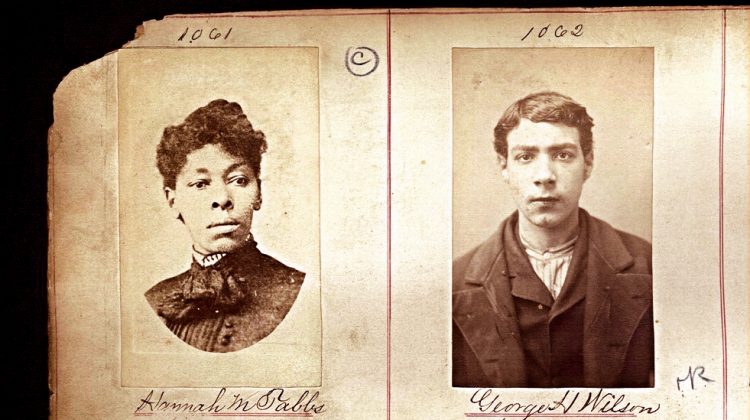Black Lives Matter Activist Says Obama Meeting Was PositivePosted in Articles, Barack Obama, Media Archive, Politics/Public Policy, Social Justice, United States on 2016-02-20 00:41Z by Steven |
Black Lives Matter Activist Says Obama Meeting Was Positive
TIME
2016-02-18
 WASHINGTON, DC – FEBRUARY 18: U.S. President Barack Obama (C) speaks about race relations while flanked by Brittany Packnett (L), and Rep. John Lewis (D-GA), in the Roosevelt Room at the White House, February 18, 2016 in Washington, DC. President Obama met with African American faith and civil rights leaders before an event to celebrate Black History Month. Mark Wilson—Getty Images |
For over an hour on Thursday, 31-year-old activist and educator Brittany Packnett sat beside President Obama at a table in the Roosevelt Room of the White House for a unique meeting of the minds.
The nation’s first African American president convened a group of activists, both young and old, for a discussion on how he can spend his final year in office tackling issues that impact the black community—from criminal justice reform to police-community relations. Though one activist from Obama’s hometown of Chicago publicly slammed the meeting as a “photo opportunity and a 90-second sound bite for the president,” according to Packnett, the meeting was the complete opposite of that.
“We had a conversation that lasted over 90 minutes,” Packnett tells TIME. “The president actually extended himself because he wanted to continue the conversation. We had a lot of opportunity to elevate various strategies that are happening on the ground as far as criminal justice reform, working on police violence, and systemic educational inequities.”…
Read the entire article here.



